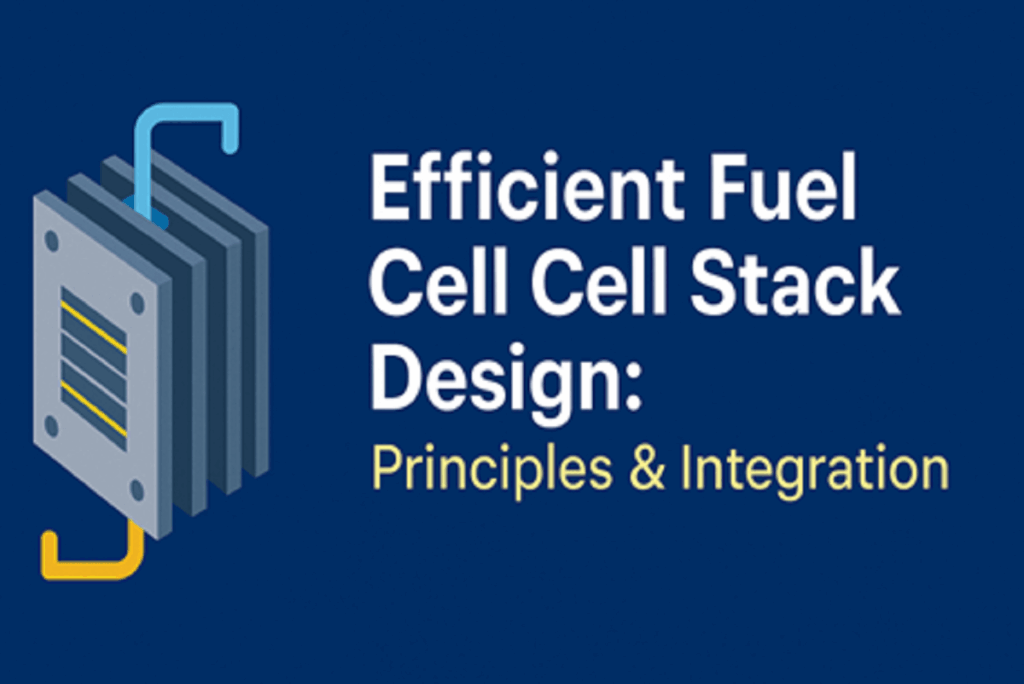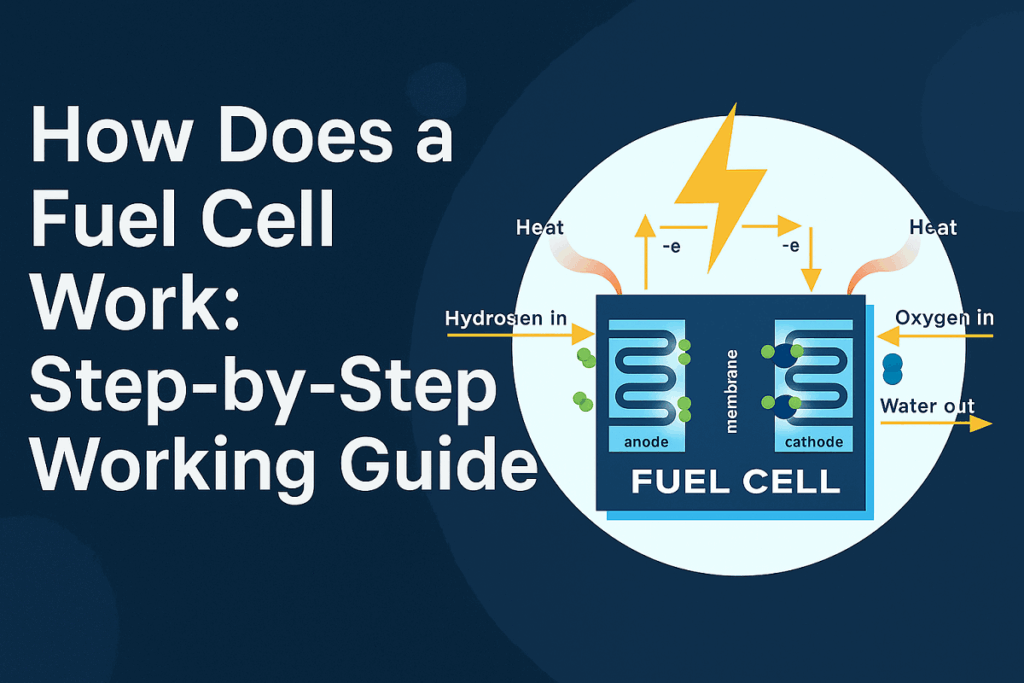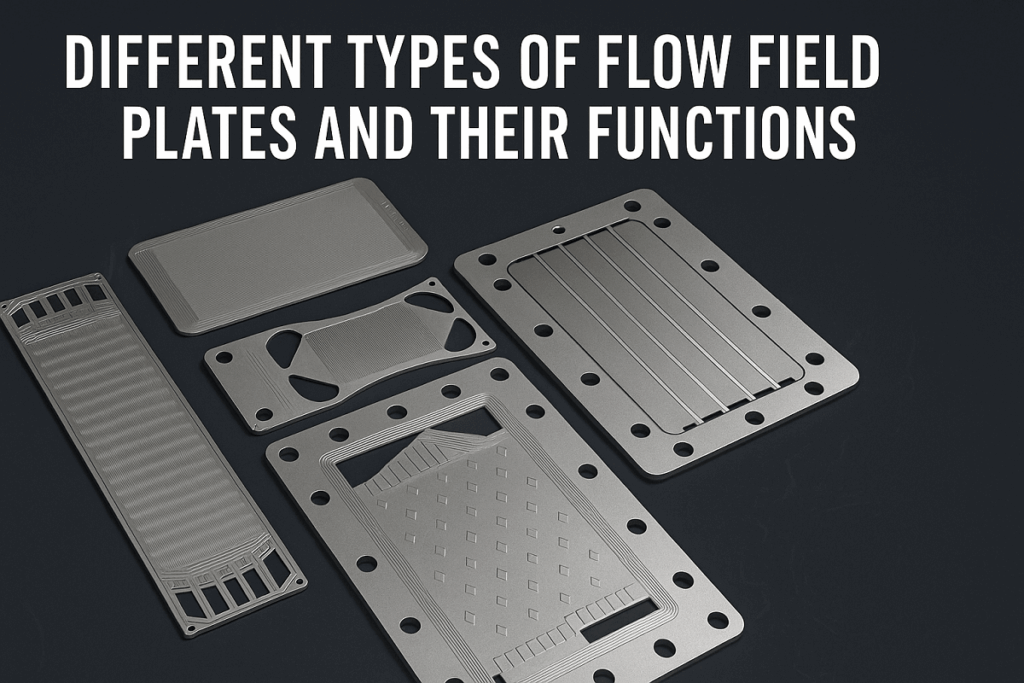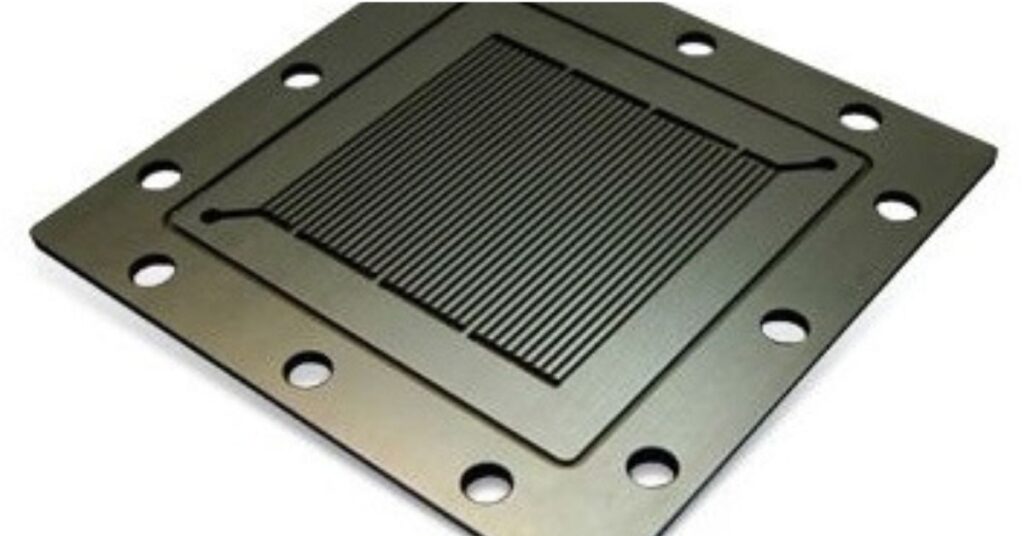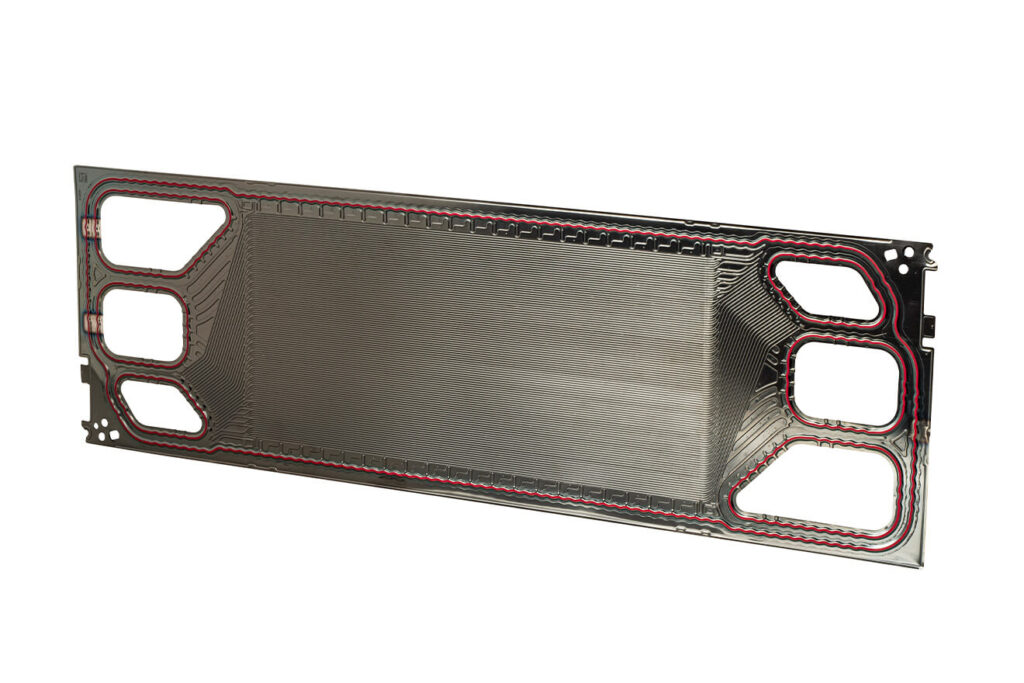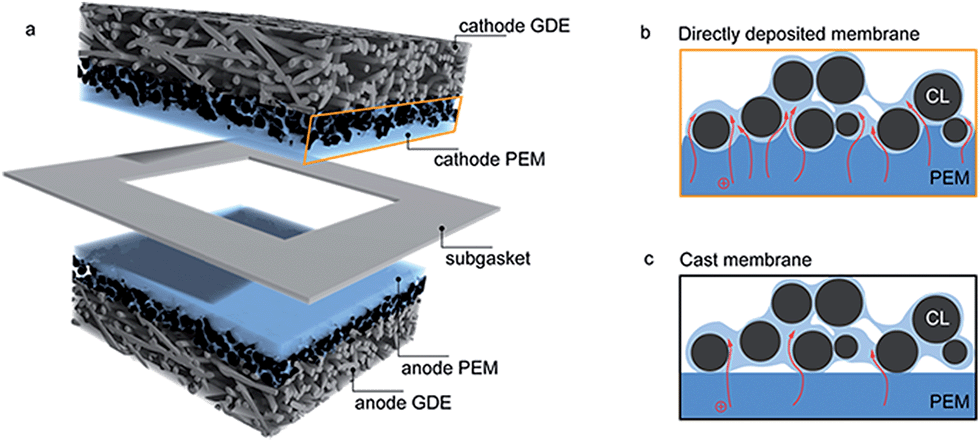Efficient Fuel Cell Stack Design: Principles & Integration
Modern energy systems’ power demand, durability, and cost are strongly dependent on the efficient design of fuel cell stack design after implementation. PEM fuel cell stack design has continuously evolved by engineers and researchers to develop maximum energy conversion efficiency and to exploit the optimum amount of hydrogen. Knowledge of the principles of fuel cell
Efficient Fuel Cell Stack Design: Principles & Integration Read More »

